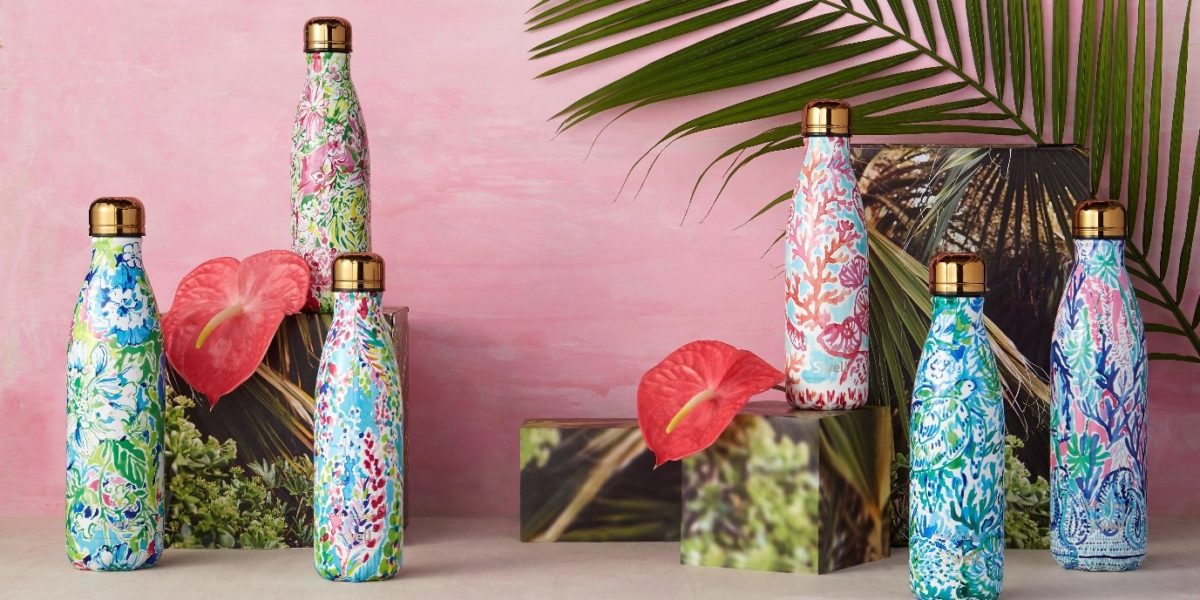When it comes to pack design, the same fundamentals have applied for decades; make packaging that helps a product sell i.e. cascading claims across the front combined with imagery that focuses purely on reinforcing brand equity. For years packaging has been harnessed as a tool to influence a single moment of decision making in the customer journey.
But what if that is no longer the best strategy? What if consumers are beginning to think of a product’s life after purchase, as an object they want to have in their life?
In an increasingly visual driven world, Penguin Books have been one of the first to cast packaging’s core assumptions aside. The brand recently redesigned their entire classics series with bold block colours, without a single book review on cover or back. The redesign was prompted by reconsidering books as a piece of interior design. Sales have rocketed since.
But Penguin aren’t an outlier in this shift in pack design. Coffee shops, retail outlets, and even banks are becoming more savvy in becoming objects consumers want to keep with them for longer as a form of ‘word of mouth’ marketing and a brand endorsement. Why pay thousands for an out of home campaign when customers can pay you to advertise their product in home?
This isn’t an outlier or particularly abstract from the FMCG world, take S’wells stance for example. The water bottle manufacturer, who collaborate with a wide range of designers such as Liberty, are building a brand designed to tackle plastic bottle waste by producing a bottle you’d be happy to carry everywhere with you and refill. Given that the idea has turned into a 100 million USD company, it seems like there is something in this idea.
This is an opportunity many brands within the FMCG space could tap into. It’s something spirits brands have done incredibly well for many years, but the potential is far larger than the drinks cabinet.


